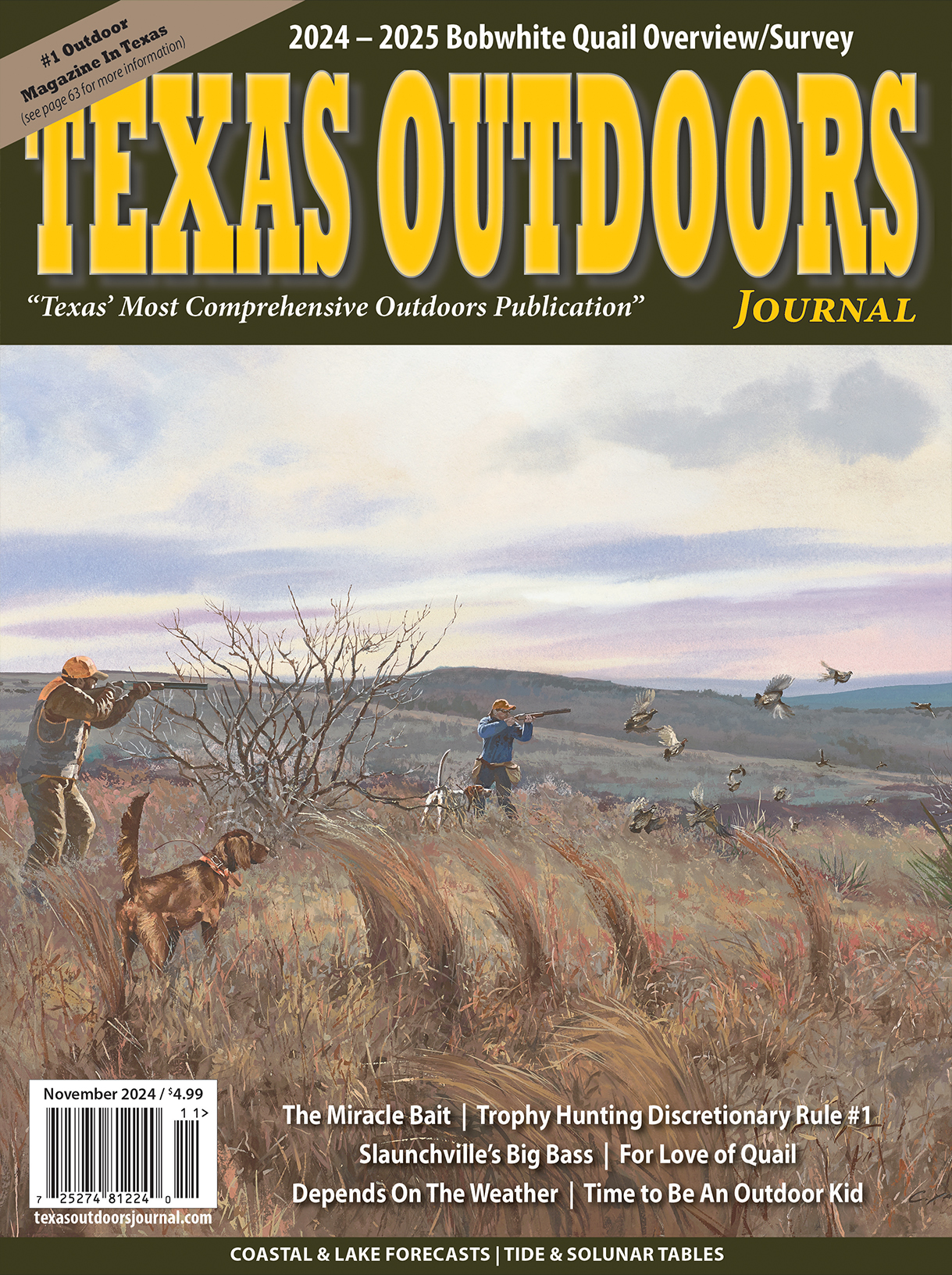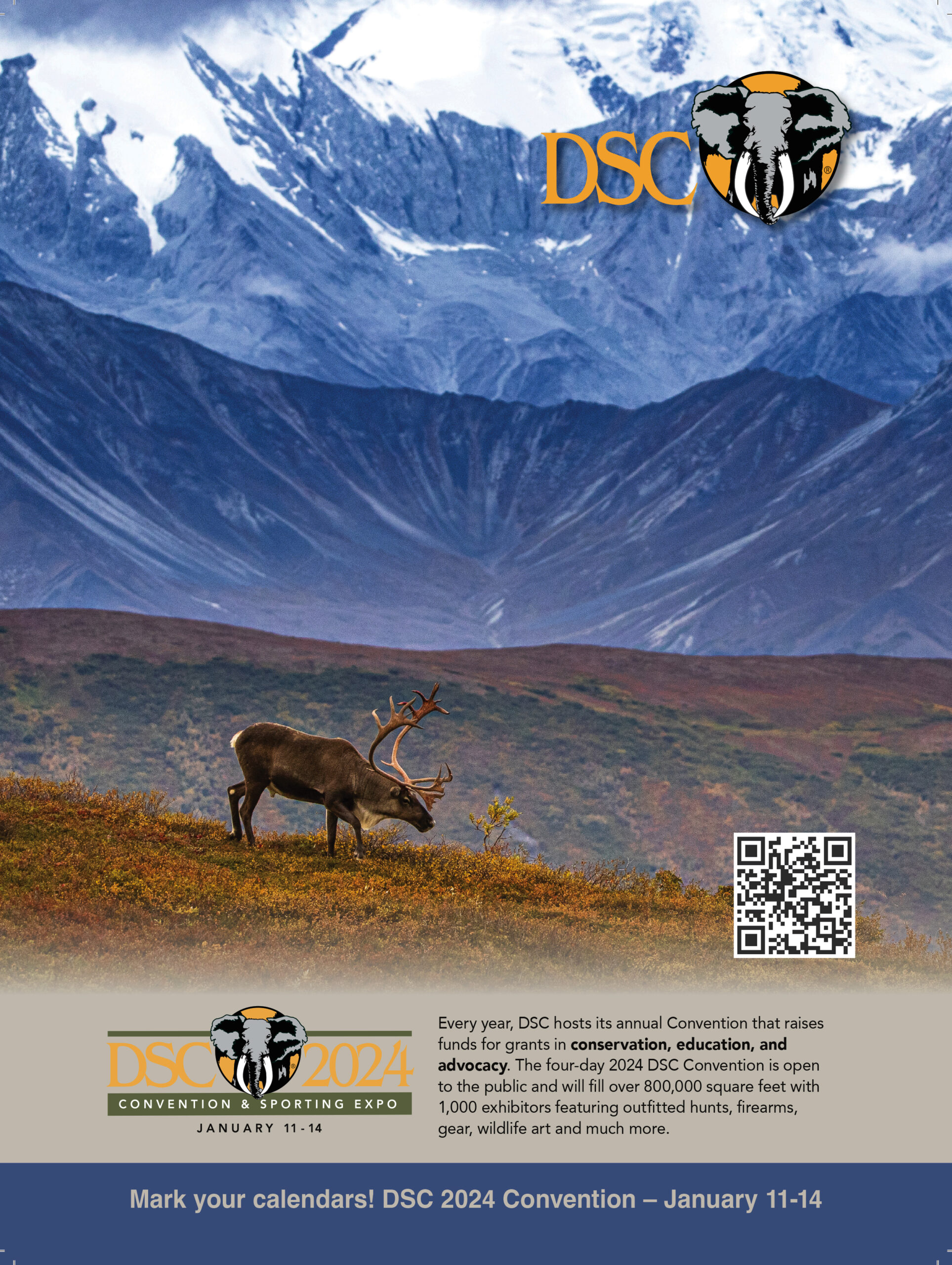
Trans-Pecos Pronghorn Restoration Team Continue Efforts
AUSTIN — This month the Trans-Pecos Pronghorn Restoration Project progressed with another successful relocation of 113 pronghorn.
This marks the sixth year that pronghorn have been transplanted from healthy populations in the Texas Panhandle to supplement pronghorn populations in the Trans-Pecos region. In late January, pronghorn were captured from public and private lands around Dalhart and transplanted to a restoration site south of Valentine, TX. Since 2011, about 780 pronghorn have been translocated from the Texas Panhandle to supplement populations around Marfa and Marathon, Texas.
The Trans-Pecos Pronghorn Restoration Project is a multi-year, $1.4 million public-private partnership with the Texas Parks and Wildlife Foundation. To date, more than $900,000 has been secured. The objective of the Trans-Pecos Pronghorn Restoration Project is to bolster declining pronghorn populations through wildlife management practices including: translocations, habitat improvements, and strategic predator management.
At least 17,000 pronghorn historically roamed the West Texas region, but by 2012 there were estimated to be fewer than 3,000. As of last summer, pronghorn numbers had doubled, based on TPWD aerial surveys.
But there is more to the effort than just moving animals.
“We complete a pre-translocation release site evaluation of the habitat. This effort includes partnering with landowners to modify restrictive fences and evaluating availability of vegetation to pinpoint an optimal release location,” said Shawn Gray, TPWD Pronghorn Program Leader.
Gray noted that survival and production rates among transplanted pronghorn have been encouraging over the last few years, thanks to improved range conditions and intensive management activities like the fence modifications.
“Historic drought severely impacted survival in 2011 at just 20 percent, while good range conditions and more intensive management actions have led to much higher survival rates of between 70–85 percent during the other translocations,” he noted. “Over the last five years, herds that received transplanted pronghorn have done well and have had above average fawn production.”
This also marks the second year that 40 translocated pronghorn have been outfitted with GPS satellite collars programmed to collect locations every 15 minutes.
During the next year, the Borderlands Research Institute (BRI) and TPWD will closely monitor the translocated pronghorn to determine adult and fawn survival, productivity, habitat utilization, and movements. Population assessments will help researchers identify sources of environmental stressors that may contribute to pronghorn population declines. “It is important for us to continue to collect data that will help the team identify key threats to existing populations,” says Dr. Whitney Gann, pronghorn researcher for BRI. This research has and will continue to define the best science-based management practices essential in growing pronghorn populations in the Trans-Pecos region.
“By monitoring the translocated pronghorn with GPS tracking collars, we have plenty of evidence to support implementing fence modifications and increasing the number of ‘pronghorn-friendly’ fences − these management acts have greatly increased pronghorn movement across the Marfa Plateau,” said Gann. “Facilitating movement is the best way to ensure that the pronghorn have access to seasonally available forage, good fawning cover, and an ability to escape predators.”
The relocation process functions like a well-oiled machine.
“The capture went extremely well, the animals were all in excellent body condition and traveled safely to the release site,” said Dr. Bob Dittmar, Wildlife Veterinarian for TPWD.
“We would not be able to attempt a project of this scope if we did not have support from Trans-Pecos and Panhandle private landowners and the cooperation of the Trans-Pecos Pronghorn Working Group,” stated Gray. “Their continued involvement will ensure pronghorn herds in the Trans-Pecos will prosper in our desert grasslands.”
This restoration effort is made possible by private landowners, the Texas Parks and Wildlife Department (TPWD), Borderlands Research Institute at Sul Ross State University (BRI), Trans-Pecos Pronghorn Working Group, Texas Parks and Wildlife Foundation (TPWF), and USDA-Wildlife Services. In addition, Wildlife Restoration Act (Pittman-Robertson) funds are essential in supporting this project.









